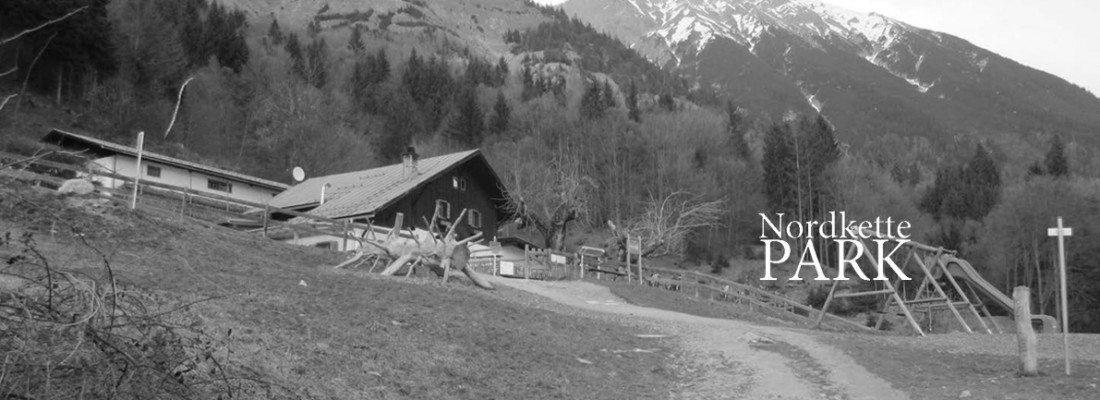
Over time, as our cities have come to expand and densify at astonishing levels, city green spaces for which citizens and tourists a-like flood have become much sought after hot spots in any buzzing metropolis. For Innsbruck, in this case, the city green space is the Nordkette – the city’s ever present mountain range and back drop to countless holiday snapshots and postcards. Sitting at 2,256m at its highest point, and within such a close proximity to the city centre, the presence and accessibility of Nordkette is awe-inspiring.
The city alive with activity, perpetuating a long and prominent history of sports on a professional level, appears to be ingrained within Innsbruck’s fabric. The citizens and travelling sportsmen have many professional facilities at hand, particularly favouring winter sports such as skiing, snowboarding, ski jumping, bobsledding etc. But alongside those of a highly planned structure to be utilised by professionals there are facilities laid in place to make the entire city as enganged with activity on a more casual day-to-day basis. Cycling along bicycle tracks laid out extensively throughout the city, rollerblading, walking, hiking are all exceptionally present activities.
It becomes a surprise to see that on any given Sunday, the last day of the week to perhaps leisurely walk or go for a family bike ride, this urban cultural touristic destination appears to be deserted. The flurrying activity within the city and along side the prominent riverbanks is no longer. Bicycles are rarely seen darting across narrow city streets rushing off to the next deadline wether that be work or next class, and the slack liners alongside the river are not practising their keen balance. the activity within the city dissipates, but where does it go?
